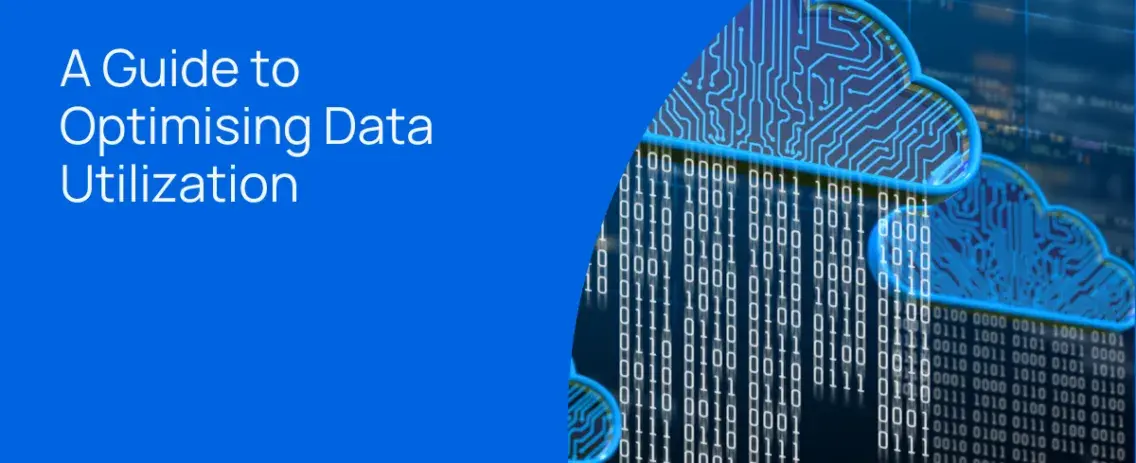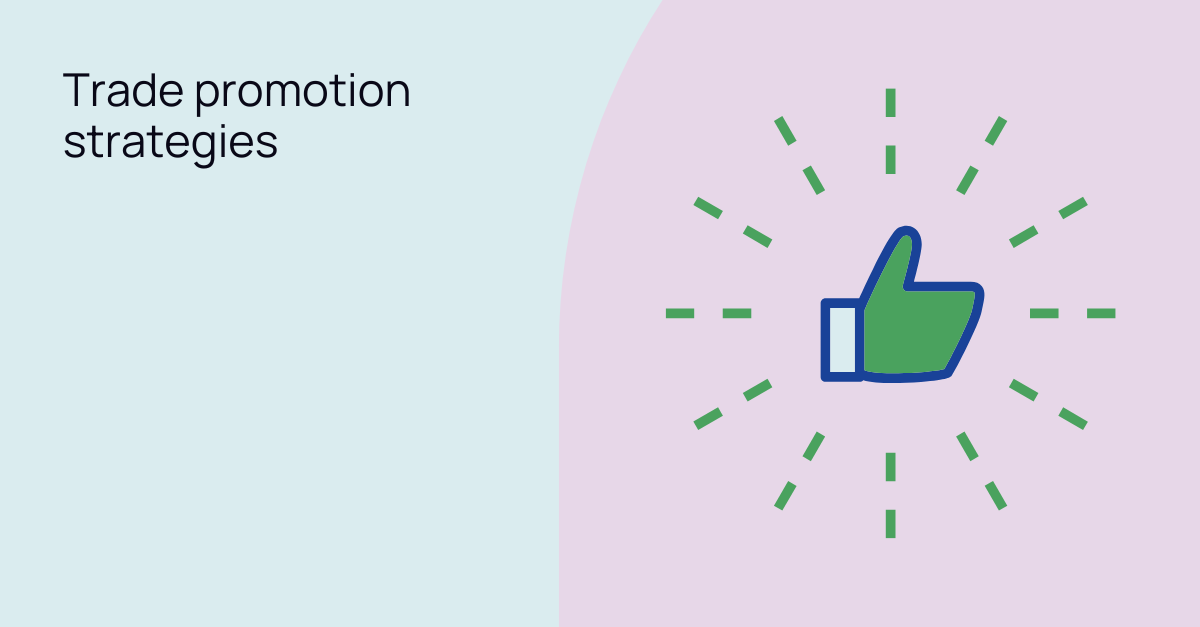
Combining data sources in the CPG industry: A guide to optimizing data utilization
Data is the driving force behind informed decision-making and business growth in the dynamic consumer-packaged goods industry. But CPG data integration is a challenge for many companies.
CPG companies that leverage the power of data can gain a competitive edge. However, the process of gathering, connecting, managing, and utilizing that data is complex.
In this blog post, we'll explore strategies to maximize data utilization while bidding farewell to manual data entry. We'll delve into the challenges and benefits of integrating internal and external data sources, evaluate commonly used data sources, and shed light on the implications of real-time reporting. Additionally, we'll explore the value of unexpected data sources in making better decisions.
Maximizing data utilization: No more manual entry
Manual data entry is not only time-consuming but also prone to errors. In the fast-paced CPG world, every minute counts, and belated insights and inaccuracies can lead to misguided decisions. The key to optimization lies in reducing manual data entry through automation. By utilizing modern tools with sophisticated data integration, CPG businesses can streamline data collection, ensure accuracy and free up valuable resources for strategic analysis.

Integrating internal and external data sources in CPG
Realizing the true potential of data utilization in the CPG industry depends on integrating multiple relevant data sources, both internal and external. Internal data encompasses information generated within the organization, such as sales figures and inventory levels. External data, on the other hand, includes retailer direct data, syndicated data, market trends, customer behavior data, competitor analysis, and customer sentiment from 3rd party sources.
While integrating these diverse data sources can be challenging, the benefits for CPG companies are immense. They can gain a holistic view of the market, enabling them to make more informed decisions and adapt swiftly to changing conditions. By breaking down data silos, organizations can uncover hidden patterns and insights that drive growth.
Evaluating common data sources and their limitations
In the CPG industry, understanding the limitations of data sources is crucial. Widely used sources, for example syndicated data such as Nielsen or IRI data, provide valuable insights into consumer sales, market trends and competitor performance. However, these sources may also have limitations, such as data latency (the delay in receiving the data), incomplete coverage, or a lack of real-time updates.
To mitigate these limitations, businesses must carefully assess the purpose, reliability, accuracy, and timeliness of the data sources they use. Additionally, exploring alternative data providers can help uncover new perspectives and fill gaps in the existing data.

The implications of real-time reporting
The power of real-time reporting is undeniable in the CPG industry. Swift insights and up-to-the-minute data promise enhanced decision-making and agility. However, it is critically important that real-time insights are aligned with actionable strategies.
The value of real-time reporting hinges on its translation into impactful action. Imagine a promotion that underperforms—real-time insights can uncover execution issues like store placement discrepancies. Yet, fixed promotional timelines or pre-printed materials can make it difficult to make immediate adjustments.
Similarly, a successful promotion might suggest a need for increased volume but this must be balanced against operational realities. Real-time data may signal a thriving promotion, but a constrained supply window may impede swift responses to prevent stockouts.
In essence, while real-time reporting offers a transformative edge, its effectiveness is anchored in organizations' readiness to take timely, informed actions. Achieving a balance between the two empowers businesses to leverage real-time insights effectively, fueling agility and competitiveness.
The role of unexpected data in CPG decision-making
Sometimes, unexpected data sources can be of real value. One often overlooked but essential factor in CPG decision-making is weather data. Weather has a profound impact on consumer behavior and product demand. For example, ice cream sales tend to surge on hot summer days, while comfort food sales may rise during chilly winters. As with real-time data, often the opportunity to boost sales is tempered by operational realities.
However, the explanatory value of a source like weather data remains: a hot cocoa promotion performing much better due to uncommonly cold temperatures should not necessarily lead to overall increased expectations of hot cocoa sales. Instead, in these situations organizations often choose to resort to smoothening for prediction models. The value of sources such as weather data, if not directly useful for forecasting, often lies in post-evaluation and learnings for the future.
CPG data integration: takeaways
Unlocking and integrating data sources in the CPG industry is a transformational journey that requires a strategic approach. By maximizing data utilization, integrating internal and external data sources, evaluating their limitations, assessing where real-time reporting adds value, and what unexpected data sources contribute to their predictions and evaluations, businesses can gain a competitive advantage. The road ahead may be challenging, but the rewards in terms of improved decision-making, market responsiveness, and growth potential make the effort well worth it. In the ever-evolving CPG landscape, those who harness the power of data are the ones who will thrive.
Read more about data analytics use cases in CPG.
Visualfabriq revolutionizes data integration in the CPG industry, streamlining the process by eliminating manual data entry. It seamlessly combines both internal and external data sources, providing a holistic view of business operations and optimizing data utilization.
The real-time data connection across different functionalities of the software truly sets Visualfabriq apart. The impact of entries, for example, an added promotion, flows to the full volume-to-value P&L, empowering CPG companies to review results of their plans and make agile decisions. Additionally, the software has the flexibility to load relevant data such as open orders, offering near real-time insights tailored to specific business needs. At the same time, it acknowledges that not all scenarios require the constant flow of real-time data. This highlights the importance of balancing practicality and strategic utilization of real-time insights.
And yes, one aspect of Visualfabriq is its integration of weather data. Weather significantly influences consumer behavior, impacting sales and product demand. By incorporating this data, CPG companies gain a deeper understanding of and can better evaluate promotional performance. This deeper insight enables businesses to fine-tune promotions, enhance inventory management, and ultimately boost revenue.
Visualfabriq offers a comprehensive solution for CPG data integration, converting fragmented information into actionable insights. When they receive actionable insights rather than just information, CPGs can make informed decisions, seize revenue opportunities, and gain a competitive advantage in the dynamic CPG landscape. If you are looking to maximize the potential of data for driving revenue growth, book a demo with us today.

.png)

